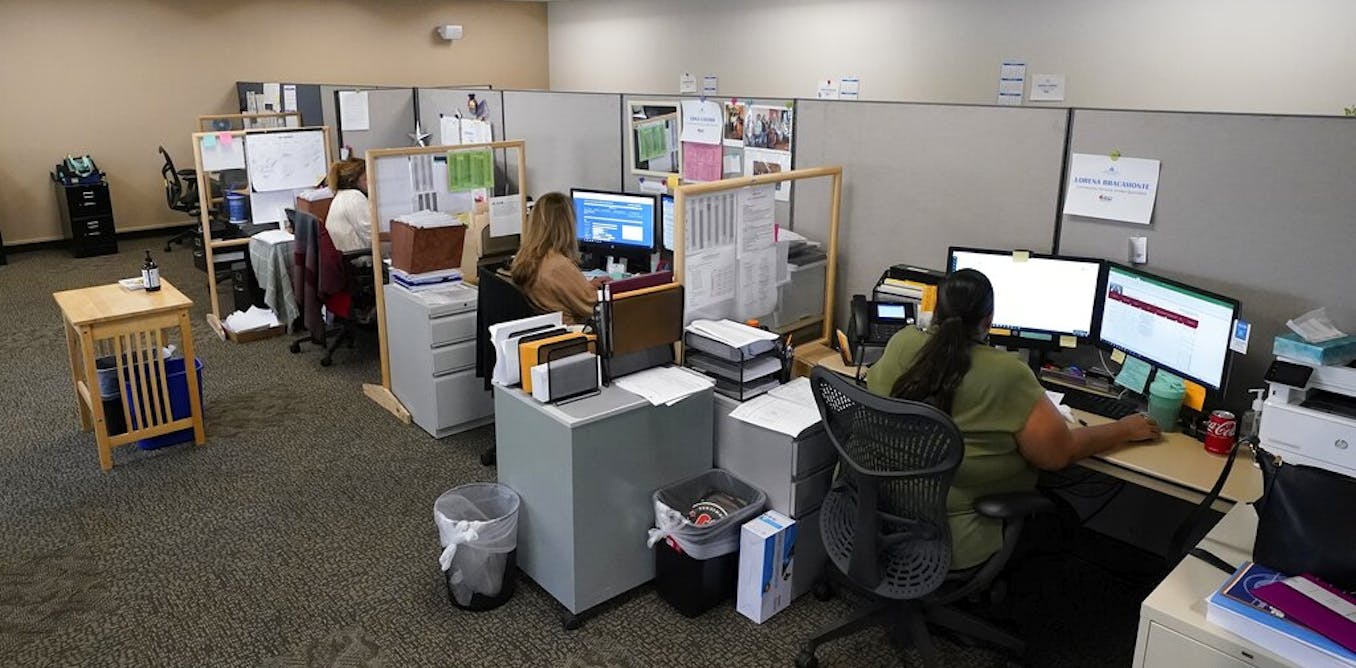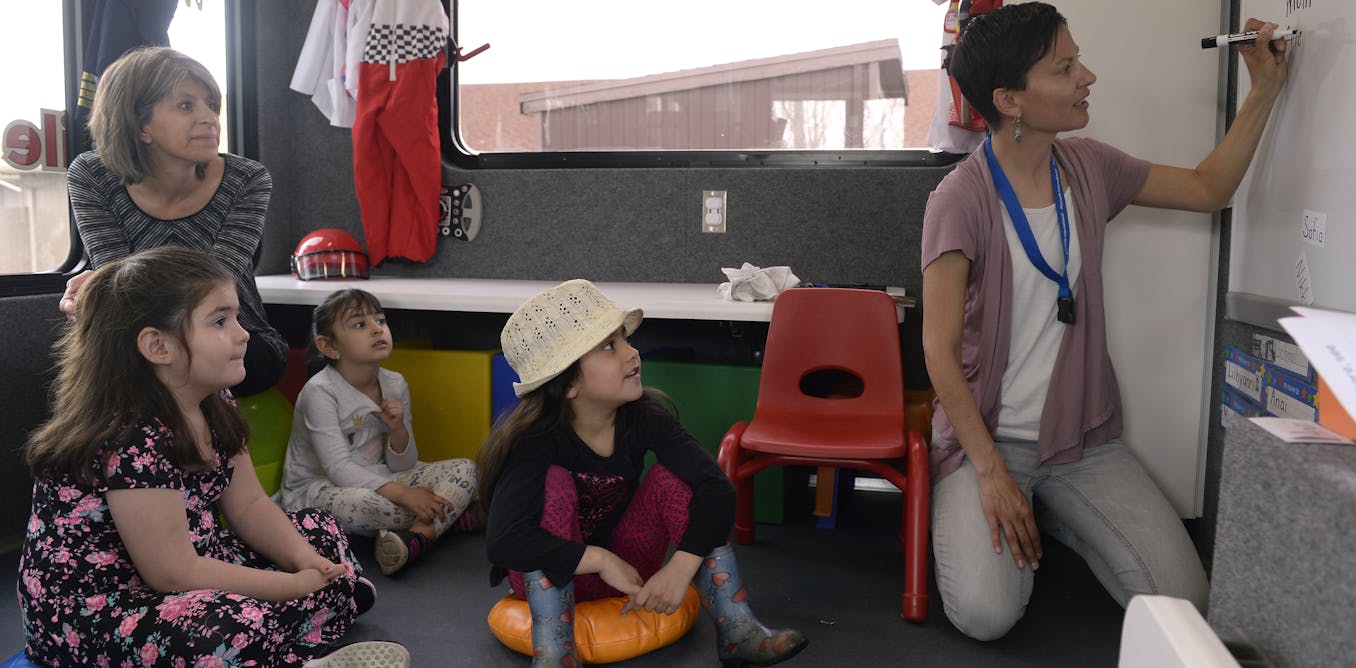Picture this: On your way out of the office, you notice a manager berating an employee. You assume the worker made some sort of mistake, but the manager’s behavior seems unprofessional. Later, as you’re preparing dinner, is the scene still weighing on you – or is it out of sight, out of mind?
If you think you’d still be bothered, you’re not alone. It turns out that simply observing mistreatment at work can have a surprisingly strong impact on people, even for those not directly involved. That’s according to new research led by Edwyna Hill, co-authored by Rachel Burgess, Manuela Priesemuth, Jefferson McClain and me, published in the Journal of Applied Psychology.
Using a method called meta-analysis – which takes results from many different studies and combines them to produce an overall set of findings – we reviewed the growing body of research on what management professors like me call “third-party perceptions of mistreatment.” In this context, “third parties” are people who observe mistreatment between a perpetrator and the victim, who are the first and second parties.
We looked at 158 studies published in 105 journal articles involving thousands of participants. Those studies explored a number of different forms of workplace mistreatment ranging from incivility to abusive supervision and sexual harassment. Some of those studies took part in actual workplaces, while others examined mistreatment in tightly controlled laboratory settings.
The results were striking: We found that observing a co-worker being mistreated on the job has significant effects on the observers’ emotions. In fact, we found that observers of mistreatment may be as affected by what happened as the people actually involved in the event.
These reactions fall along a spectrum – some helpful, others less so. On the encouraging side, we found that observers tend to judge perpetrators and feel empathy for victims. These reactions discourage mistreatment by creating a climate that favors the victim. On the other hand, we found that observers may also enjoy seeing their co-workers suffer – an emotion called “schadenfreude” – or blame the victim. These sorts of reactions damage team dynamics and discourage people from reporting mistreatment.
Julian Stratenschulte/Picture Alliance via Getty Image
Why it matters
These findings matter because mistreatment in the workplace is disturbingly common – and even more frequently observed than experienced. One recent study found that 34% of employees have experienced workplace mistreatment firsthand, but 44% have observed it happening to someone else. In other words, nearly half of workers have likely seen a scenario like the one described at the start of this article.
Unfortunately, the human resources playbook on workplace mistreatment rarely takes third parties into account. Some investigation occurs, potentially resulting in some punishment for the perpetrator and some support for the victim. A more effective response to workplace mistreatment would recognize that the harm often extends beyond the victim – and that observers, too, may need support.
What still isn’t known
What’s needed now is a better understanding of the nuances involved in observing mistreatment. Why do some observers react with empathy, while others derive pleasure from the suffering of others? And why might observers feel empathy for the victim but still respond by judging or blaming them? Answering these questions is a crucial next step for researchers and leaders seeking to design more effective workplace policies.
The Research Brief is a short take on interesting academic work.

The post “Observers of workplace mistreatment react as strongly as the victims − at times with a surprising amount of victim blaming” by Jason Colquitt, Professor of Management, Mendoza College of Business, University of Notre Dame was published on 06/17/2025 by theconversation.com





































Leave a Reply